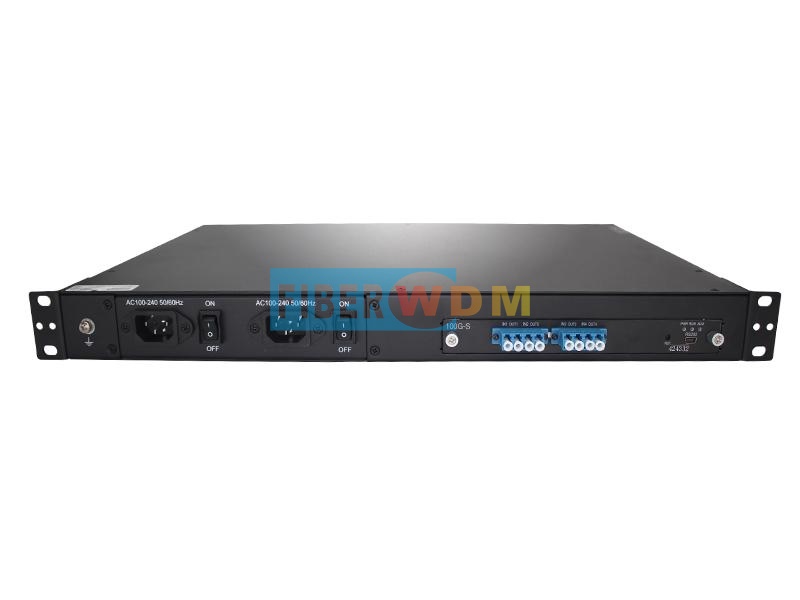Optical Amplifiers : EDFA vs SOA
June 19 , 2024In the optical fiber communication,because the optical signal will gradually weaken during the transmission process because of the optical decay, the optical amplifier needs to be used to enhance the signal intensity, so that the signal can be transmitted to a distance.EDFA and SOA are two common optical amplifiers, each have different characteristics and application scenarios.

Erbium-doped fiber amplifier (EDFA) is a key component of the optical communication system and plays an important role in signal amplification in the 1550nm wavelength range.EDFA uses an optical fiber doped with erbium ions to enhance the intensity of the optical signal when the electron transfer is excited to produce a concentration inversion.The electronic state of Er ion has two energy levels, one is the ground state and the other is the excited state.When the excitation level of erbium ion matches the input signal photon energy, the photon absorption and jumps to the excited state, and then the photon energy is converted into the internal energy of erbium ion.After a period of time, the erbium ion will spontaneously transition back to the ground state, releasing energy and emitting a beam of light with the short wavelength of the input signal light, enhancing the light intensity of the input signal.

The Semiconductor optical amplifier (SOA) is a common device that uses semiconductor technology to amplify an optical signal.FiberWDM’s O-band 1310nm 100G SOA optical amplifier can amplify optical signal with wavelength 1270~1330nm.SOA makes use of the special power generation mechanism of semiconductor materials to excite the electrons in the active region from low energy level to high energy level, forming a particle number inversion state.When the optical signal passes through these excited electrons, the electrons lose energy in the form of photons and return to the ground state, and the resulting photons have the same wavelength as the optical signal, thus achieving amplification of the optical signal.SOA, with its rapid response time and tunability, is widely used in signal amplification, regeneration, and optical signal processing in optical communication systems.
So,what the difference between EDFA and SOA?
1.The main difference between SOA and EDFA amplifiers is the active region where the gain generation.In the case of EDFA, it is generated directly in the optical fiber, but in the case of SOA, it occurs directly in the structure of the semiconductor.Another important difference is the principle of energy supply used to obtain the amplifier (in the case of EDFA, it is achieved by laser pumping).
2.EDFA usually works between 1530nm and 1565nm, while SOA works in the range of 1270 to 1330nm(FiberWDM).
3.SOA mainly changes the gain of its light output by controlling its laser current, which has the advantages of high flexibility, adjustable, and low noise.When compared with EDFA, EDFA generally exhibits lower noise levels, higher gain, lower polarization dependence, and lower nonlinear effects. Furthermore, EDFA generally has faster response times.
4.EDFA is essential for long-distance optical communication, such as undersea cables and terrestrial backbone networks, ensuring signals travel vast distances without significant loss. It also serves as a vital amplifier in WDM systems and optical relay stations, amplifying weakened signals and extending transmission ranges. SOA is essential for short-range optical communication systems like MANs and LANs, where it amplifies signals over shorter distances. Its fast response time and integration capabilities make it ideal for various optical signal processing tasks, including optical switches, wavelength conversion, and signal regeneration.
In conclusion, optical amplifiers such as EDFA and SOA are crucial for the future of optical communication networks.Although SOA amplifiers and EDFA have different characteristics and application ranges, they both play an important role in the high speed, high capacity and reliability of optical communication systems.Using the unique advantages of these amplifiers will optimize network capabilities to ensure efficient data transmission and reliable connectivity in an evolving optical communication environment.
Tags :